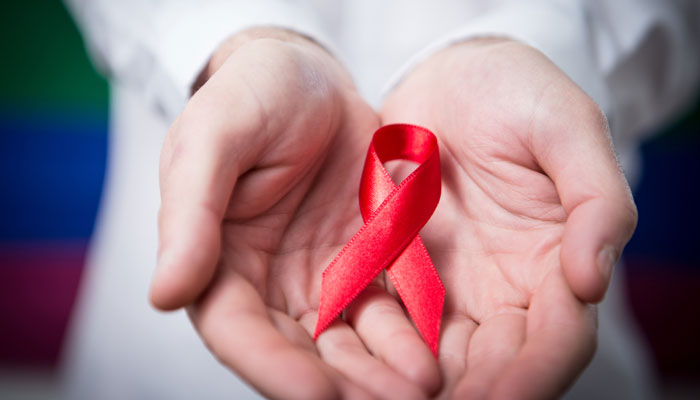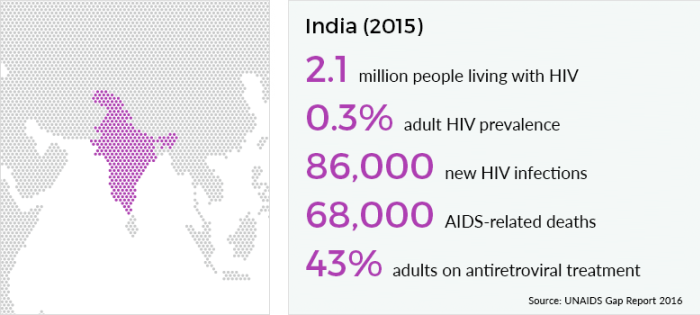
Have you seen the latest#CondomEmoji campaign by Durex, the Global Sexual-well-being brand depicting an “Umbrella with Raindrops”? This was the unofficial safe sex emoji launched ahead of World AIDS Day today. It was an interesting campaign to communicate ‘Safe Sex’ among the young adults. The campaign called for putting a safe sex emoji on every smartphone in order to help young people communicate about safe sex. The campaign has trended both on Twitter and Facebook with supporters from over 160 countries backing the movement.
The survey findings noted while more than 60 per cent of young people surveyed admitted to being uncomfortable discussing safe sex, 72 per cent of respondents admitted that they found it easier to express emotions using emojis and more than three quarters admitted that they use emojis to discuss sex and relationships.
Why is this discomfort about talking of sex or sex related diseases such as HIV/Aids even in the 21st Century?
One of my earliest memories of AIDS would be the movie PHILADELPHIA where Tom Hanks sues his Company for being fired from his workspace for being HIV positive.
Whenever we hear the word AIDS or HIV the word itself it creates a lot of fear and makes one judgmental. This is not the case only among the lay man but also is the case equal judgment, not only among general public but also within the medical fraternity. Unfortunately more than a the disease, AIDS is considered to be a social stigma and a taboo.
It’s become imperative to understand why this stigma is attached to HIV/AIDS?
AIDS (Acquired Immunodeficiency Syndrome) as we all know is a syndrome caused by the Human Immunodeficiency Virus (HIV) which directly attacks the immune system of the patient leaving the body vulnerable to a host of infections. Aids is the last stage of HIV infection where the disease progresses and the body can no longer defend itself leading to more severe infections, malignancies and eventually death (if left untreated).
Let me try to look into the ways one can get infected with this Virus which are considered some of the main reasons for fear and stigma.
1. Unprotected sex- with an individual who is infected with HIV is the biggest cause of new HIV cases be it vaginal or anal sex. Oral sex also predisposes one to HIV if there are any cuts, ulcers or sores in the mouth. Wearing a condom is the easiest way to protect yourself and your partner against the disease. Unprotected Sex is more prevalent among young adults.
2. Blood transfusion with infected blood. This is one of the most unfortunate ways to contract the disease as the recipient is unaware of the blood being infected. It is always a good idea to make sure that the blood has been screened for HIV infection.
3. HIV infected mother can pass on the virus to her baby during pregnancy lactation or even delivery. These mothers can now take treatment to protect their babies.
4. Sharing razors or needles with infected people also puts you at risk of contracting the virus like in the case of drug abuse or needle prick in hospital.
In short the virus can be transmitted through infected blood, semen and vaginal fluids. In fact, when the disease first came to light in India, it was the sex workers and their clients who had the maximum prevalence followed by truck drivers.
The latest ‘DIPPER’ at night campaign where the Condom is disguised as the dipper is a great way to create awareness among truck drivers in India to frequent sex workers often.
But, honestly it’s not so bad as it’s been made out to be over the years. Currently, experiments are being conducted to find a cure for this disease. The good news in India is that we are seeing an overall reduction in HIV infections among the adult population.
According to more recent National AIDS Control Organisation data, India has demonstrated an overall reduction of 57 percent in estimated annual new HIV infections (among adult population) from 0.274 million in 2000 to 0.116 million in 2011.

India has the third largest number of people living with HIV in the world, according WHO.
LIVING WITH HIV / AIDS:
It’s not as bad. One can live with HIV.
The diagnosis is confirmed by a blood test and depending on the extent of severity of the immune deficiency, anti-viral medication is started which improves the number of immune cells which help fight infections and restore near normal life.
The medicines though expensive are distributed free of cost to patients at Government and NGO run clinics.Psychological help for not getting overwhelmed after the diagnosis, is also readily available. Confiding in a trusted person who won’t be judgmental. Judgmental helps in calming your nerves.
One must realize and believe that they can live to their potential inspite of being HIV positive. Having social and emotional support is very essential, hence patients must not isolate themselves from their near and dear ones and f.amily and friends should also not ostracize the patient.
The Constitution of India prevents any discrimination against anyone having HIV and AIDS and neither is it a legal ground for dismissal from occupational services.
Patients living with HIV must maintain a healthy lifestyle just like diabetics or any other chronic disorders. Having a healthy diet and exercising regularly are a must to boost your immunity along with the medication. Till date HIV and AIDS has no cure but anti-retroviral therapy (ART medicines) are helping people live a healthy and happy life for almost 2 to 3 decades.
Currently, Art drugs have become ‘very good’ at controlling infection but patients need use the medication for life. If they stop the treatment, the virus rapidly replicates, eventually leading to the fatal AIDS disease.
Pregnant mothers have successfully delivered children without HIV with the help of anti-viral medication.
Lot of research by brilliant minds is being done around the globe to find more effective medicines and a cure.
HIV facts to know
• According to the WHO, more than 70 million people have been infected with HIV so far and about 35 million people have died of from the virus.
• In 2015, an estimated 36.7 million people were living with HIV and so far the infection remains incurable.




Leave a Reply